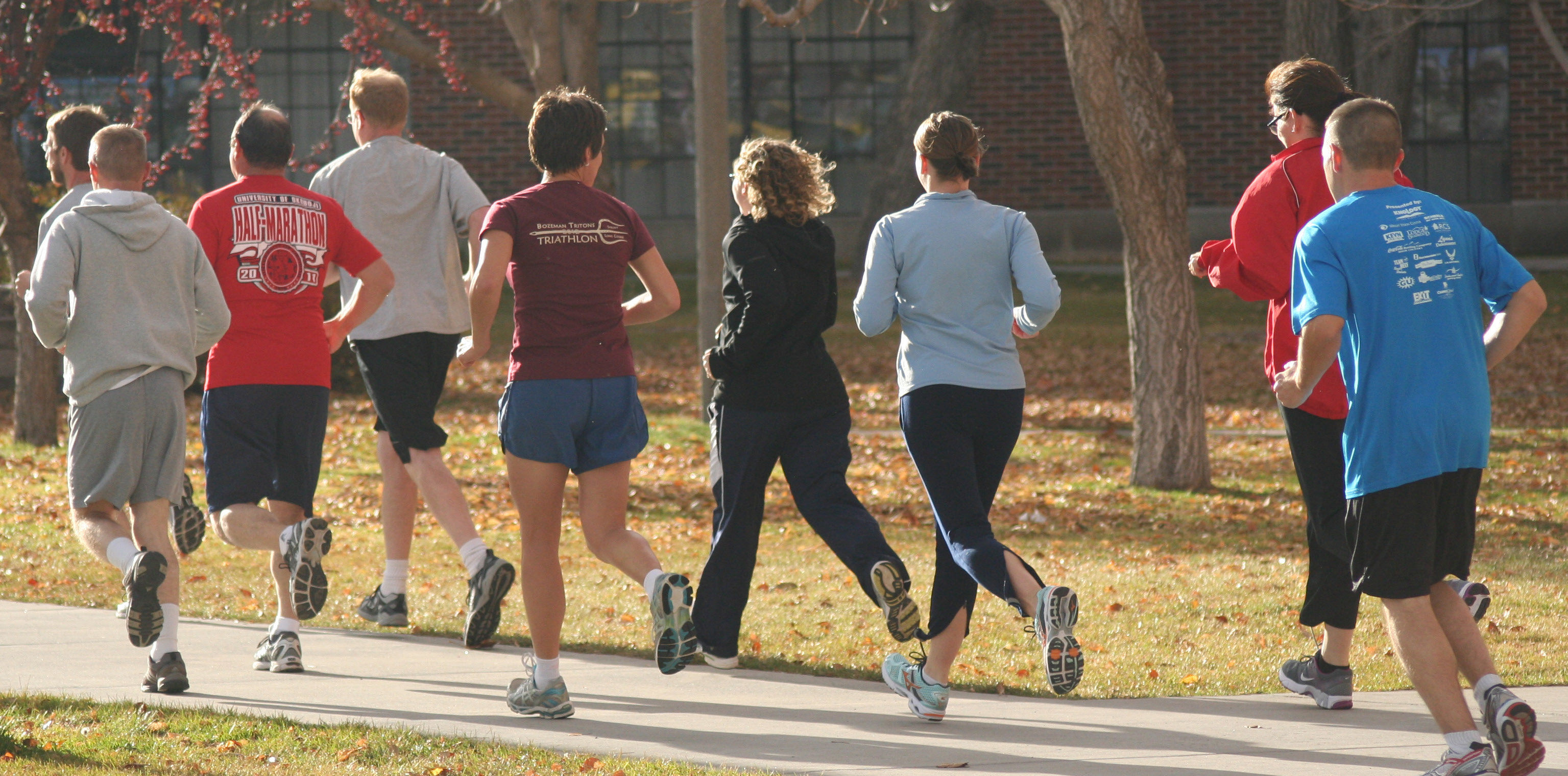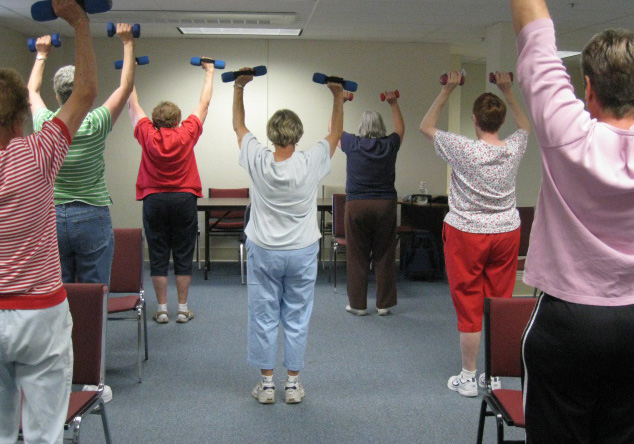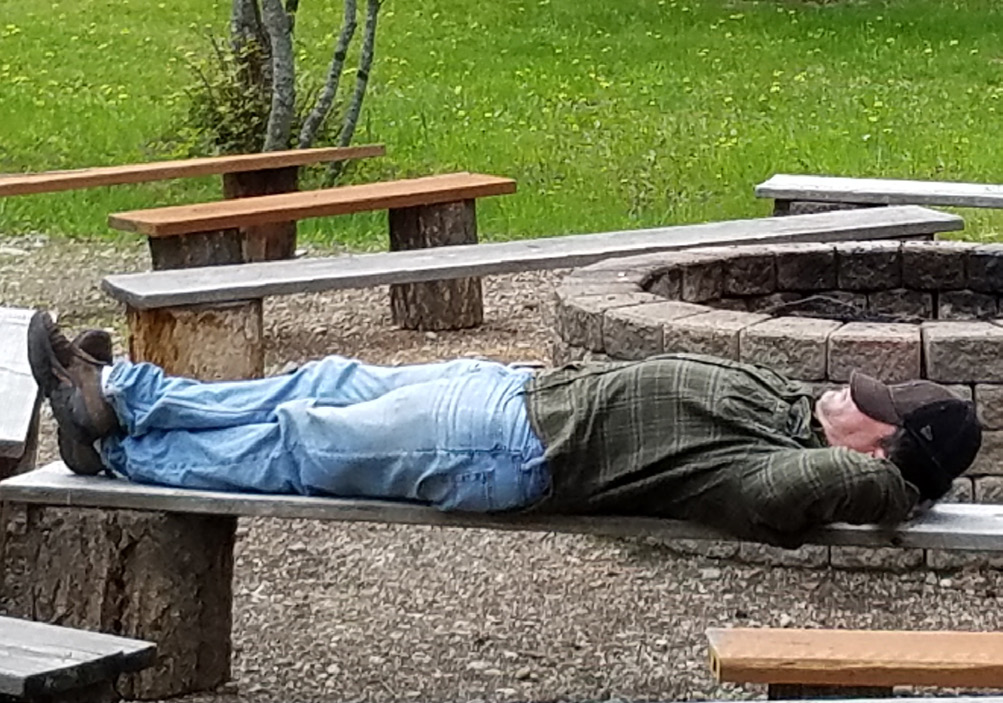Embracing an Active Lifestyle to Improve Sedentary Habits

Photo: MSU Extension
Sedentary habits (sitting too long) are linked in many studies with an increased risk of heart disease, obesity, cancer, diabetes, poor mental health and an increase in fall risk for older adults. A recent National Institutes of Health-funded study revealed that adults who sat for more than 10 hours a day are at a greater risk of developing dementia. Moreover, Johns Hopkins University addresses how the “sitting disease” affects people of all ages because of new norms — working at home and spending hours on computers or smartphones — leading to sedentary lifestyles. Sedentary behavior is defined as too much sitting and a void of physical activity; often, people are not as physically active as they estimate. Long Montana winters may not help, unless you’re a winter activity enthusiast. Many of us don’t participate enough in necessary movement and exercise to be healthy.
Research shows that Americans are engaging in sedentary lifestyle habits at an increased rate. This reality is attributed to higher healthcare costs, decreased physical, mental, and cognitive health, and ultimately, mortality.
Creating an active lifestyle plan to reduce daily time spent sitting, especially at one time, may alleviate adverse health outcomes. Below are suggestions to get out of the chair and start moving.
A Roadmap for Increasing Physical Activity
1. Incorporate short breaks from the chair. Get up and walk, stretch, or do quick exercises (research points to at least once per hour providing health benefits). Whether at home or the office, moving around the room creates opportunities to stretch joints and muscles to decrease the effects of sitting too long. Increase activity by going up and down stairs when you get comfortable moving more. Often, people report increased joint pain with age. Regular, active movement reduces joint pain (inflammation). “Move it or lose it” is a common phrase to explain this phenomenon. The sooner you engage muscles and joints in regular, sustained movement, joint and muscle pain may begin to decrease.
2. Create an environment that encourages the movement of “getting up.” Going outside is a separate movement component and is different from walking around the room. Choose locations that provide some up and down to increase light cardiovascular movement. Use steps instead of elevators to increase your activity level. Consider riding a bicycle or walking instead of driving to the mailbox. Every step increases your step count for the day. A healthy goal would be to walk 5–10,000 steps a day, whether inside or out.
3. Physical activity should be incorporated into your schedule. Engaging in at least 150 minutes of moderate to intense aerobic exercise per week and a muscle-strengthening activity two times per week is recommended. Given a sedentary lifestyle, it may take a while to make a habit; even moderate exercise is better than none. Walking briskly and going up and down stairs increases physical activity. Holding a weight of some kind also builds strength. Using a canned food item from the pantry is adequate, or you can purchase a 1- to 10-pound weight.
4. Social support should be considered when looking to increase activity and decrease a sedentary lifestyle. Engaging in social activity with friends, family, and others may increase the enjoyment of movement and physical exercise. Motivation is the most challenging barrier to reducing a sedentary lifestyle. Having people that are encouraging can help support a new daily routine. In addition, it can be very motivating to have someone hold us accountable for a sustainable exercise routine.

Photo: MSU Extension
5. Joining fitness classes, sports clubs, or community events removes you from your chair, and fosters a sense of belonging and a positive attitude toward an active lifestyle. Exercise classes can be found locally or online to schedule more easily and make movement a habit.
6. Mindfulness and stress management are crucial to break free from sedentary habits. Engage in controlled breathing exercises, even for a couple of minutes a day. Mindful breathing can assist in reducing stress and provide oxygen to the far reaches of our bodies — helping to reduce inflammation and pain from movement and improve balance to create a more health-conscious lifestyle.
7. Adequate sleep is essential to establishing a healthy lifestyle, providing the energy to move away from a more sedentary lifestyle. Napping during
the day can inhibit our ability to focus and engage in physical activity. Begin by
relaxing before bedtime, turning off electronics an hour before, and reducing caffeine
intake during the day and reducing liquids before bedtime. Create a consistent sleep
routine and schedule to stay on track for optimal sleep/wake cycles and energy during
the day. Our bodies are like clocks, and the rhythm of time is essential to a good
night’s rest.
Photo: Nori Pearce, MSU Extension
8. Consider speaking to a physician when beginning an exercise routine. This is important if you have a condition where exercise could affect symptoms. Speak to your doctor if you have sleep apnea or medications that could inhibit a good night’s sleep.
The first step toward improving sedentary habits is acknowledging a lack of movement and physical activity. Please do not feel ashamed or guilty of neglecting yourself and the time spent “sitting.” It happens. After acknowledging you may have a sedentary lifestyle, begin changing it slowly. Start by simply getting up from your chair and moving around the room. Go outside, even for short intervals, and gradually increase the amount of physical activity you engage in. Take longer walks, use the stairs at home or in the office. Climbing stairs increases cardiovascular activity, and you can gradually add carrying weight while walking and exercising. Engage in mindful breathing and connect socially to enhance an active lifestyle. Get plenty of rest and quality sleep. Enjoy the process, and slowly, you will feel less pain in your body and begin to feel like a healthier person physically and emotionally, leading to a happier, more fulfilling life.
The research for this article is from a project related to the Montana State University Extension Healthy Aging Initiative. Find more information about the program here: www.montana.edu/extension/health/healthy_aging/index.html
MSU Extension offers two MontGuides with more information: |
Daniel J. Koltz, PhD, is the MSU Extension Gerontology Specialist, and Quinn Alberda,
MS, is a graduate of MSU.
